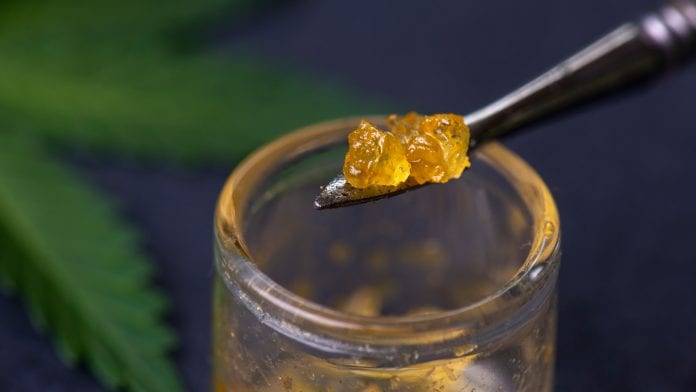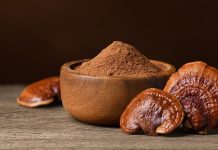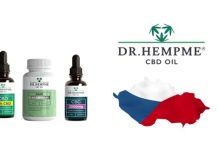
In this article, George Stantchev, CEO of PURE5 extraction, talks us through the benefits of the PURE5 R134a extraction methods vs CO2 for extraction of cannabis.
PURE5 developed its Liquefied Gas Extraction Technology in 2004 for food, pharmacy, and perfumery products but has now moved into the medical cannabis space.
Here Stantchev talks us through the benefits of PURE5 cannabis extraction over traditional CO2 methods.
Post-winterised full-spectrum oils
One method of cannabis extraction is using a tetrafluoroethane (TFE) R134a as a solvent.
R134a by itself is often used in aerosol products for drug delivery. Products that are extracted using this method are called post-winterised full-spectrum oils oils as the amount of waxes in the extract right off the machine is usually less than 5%. The process is very similar to CO2 extraction due to the fact that both are utilising a gas for extraction and liquefying it when it is in contact with the material.
The extraction with R134a is performed at low pressure and room temperatures in order to strip the natural oils from the raw cannabis products in a closed loop system. The gas is slightly pressurised, then driven through the plant material and recovered in a separation tank leaving the full spectrum oil behind. R134a is safe for human health – nontoxic, FDA approved and qualified it as GRAS (Generally Recognised As Safe). European Union approved the usage of the gas as solvent by EC Directive 2009/32.
The small non-polar molecule size and the inert nature of the R134a solvent penetrates the plant tissue extremely well and extracts thoroughly the oil-soluble fractions. R134a extraction is performed at room temperature conditions and the extraction process is neutral to the plant full spectrum oil.
The full terpene profile is collected without degradation of components and it is easily separated from the solvent. That is why the extraction is very often done on fresh plants as well. R134a does not extract solids and in most cases, winterisation is not required. Furthermore, it does not transfer water-soluble compounds as chlorofil, mould or some pesticides in the extract. That makes R134a a very pure process for extracting plant oils. This process called Pure Botanical Extracts (PBXTM) has been pioneered by COMERGTM who owns the worldwide IP and know-how of the R134a extraction technology.
CO2 extraction
One of the most popular methods of cannabis extraction is via CO2 as a solvent.
This method uses the advantage of the supercritical properties of CO2 gas to strip materials from botanical substances. This method for extraction has been used by a variety of industries before it was applied to cannabis, like perfumes and essential oils, although the cannabinoids have quite different structure than the essential oils, and they cannot be extracted together. That is why extracting the cannabis oils with CO2 is by running supercritical extraction, and the terpenes by running subcritical extraction, which makes the process quite long.
CO2 is a low density gas and needs to be pressurised to about 600 atmospheres to become a solvent for tick oils, for example. That is why, due to the process architecture, scaling the CO2 system and operation is an expensive process.
CO2 extraction cannot extract moist material very well as the moisture and CO2 connection brings up undesired acidity level in the extract.
R134a extraction
Unlike CO2, R134a is inert, odourless, non-toxic, non-flammable, non-corrosive and does not form an acid in the presence of moisture. This widens the scope of applications to include many pharmaceutical products that are pH-sensitive.
It is very important to know that the room temperature of extraction means no thermal degradation or loss of volatile compounds during isolation. Low boiling point of R134a eliminates the need of complex and slow solvent recovery.
CO2 extraction requires special training and expensive equipment in contrast R134a is easy to operate from non-scientist with extremely high consistency on the output oil. CO2 brings High CapEx as you may run several systems and an army of technicians, this is costly compared to R134a with very low cost of maintenance and workforce.
Dr George Stantchev: “We have been consistently looking in the use of alternative safer and better solvents for extracting plant derived resins for quite some time. A good chemist knowing the properties of the target materials to be extracted and understanding the solvent selectivity would understand the value.”
George Stantchev, CEO
PURE5
(602) 992-0744
www.thepure5.com


















